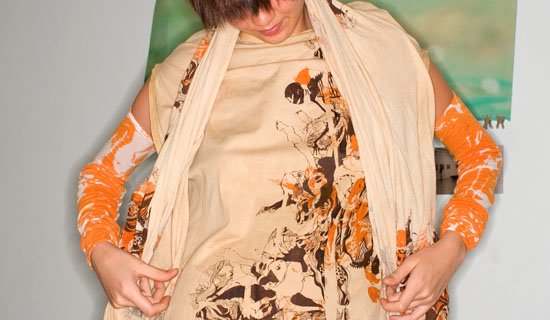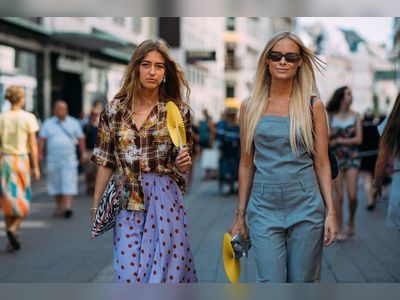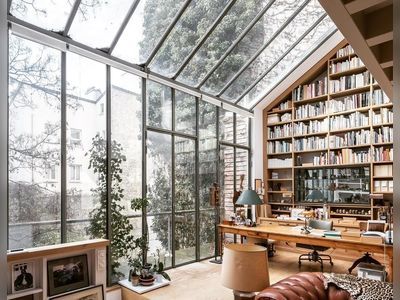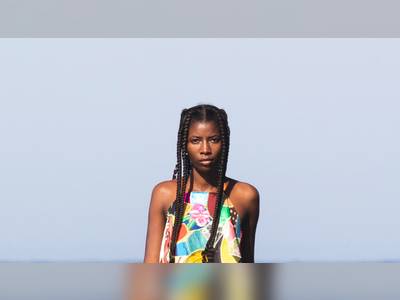But Serrano, like others in the artistic community here, have found that the international acceptance of eco-friendly design has opened fresh creative and commercial possibilities locally. And the most visible change has been the public's growing acceptance of materials and production methods that they once would have rejected as less than luxurious.
Take for example - trash.
The Asian Development Bank estimates that Asian cities now produce some 760,000 tons of waste a day, a figure expected to grow almost 140 percent by 2025. Finding another purpose for some of that garbage has produced some thought-provoking fashion statements.


More than 10 years ago, the Bangkok designer Anusorn Ngernyuang started using sturdy, brightly colored rice sacks to make bags inspired by the handmade ones that Bangkok carpenters use to carry tools. He expanded the concept three years ago to create Global Trash Chic, an accessories label. (www.globaltrashchic.com)
He now works with recycled fertilizer, rice and milk packaging to create about 100,000 bags a year and accessories that have become trendy among Bangkok's entertainment and art crowd.
"They travel and see things," Anusorn said. "They know in Europe everyone talks about the environment." However, "I don't see middle-class people buying this right now. Times are hard and maybe they have other priorities more than saving nature."




More than 70 percent of all Global Trash Chic products are exported, mostly to Europe, although this year Anusorn received an order from Urban Outfitters, the U.S. alternative fashion chain.
The collection ranges from $10 wheeled, carry-on luggage to small cosmetic kits that he sells for $2 at his shop or in high-end department stores like Bangkok's Paragon.
For this new kind of "green" design in Asia, attention to detail - like the cleanly finished seams of Anusorn's luggage - is a key factor that differentiates the products from other items like commonplace "eco" grocery totes.
Read more on IHT
Read more on IHT











